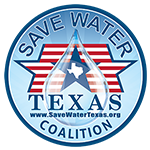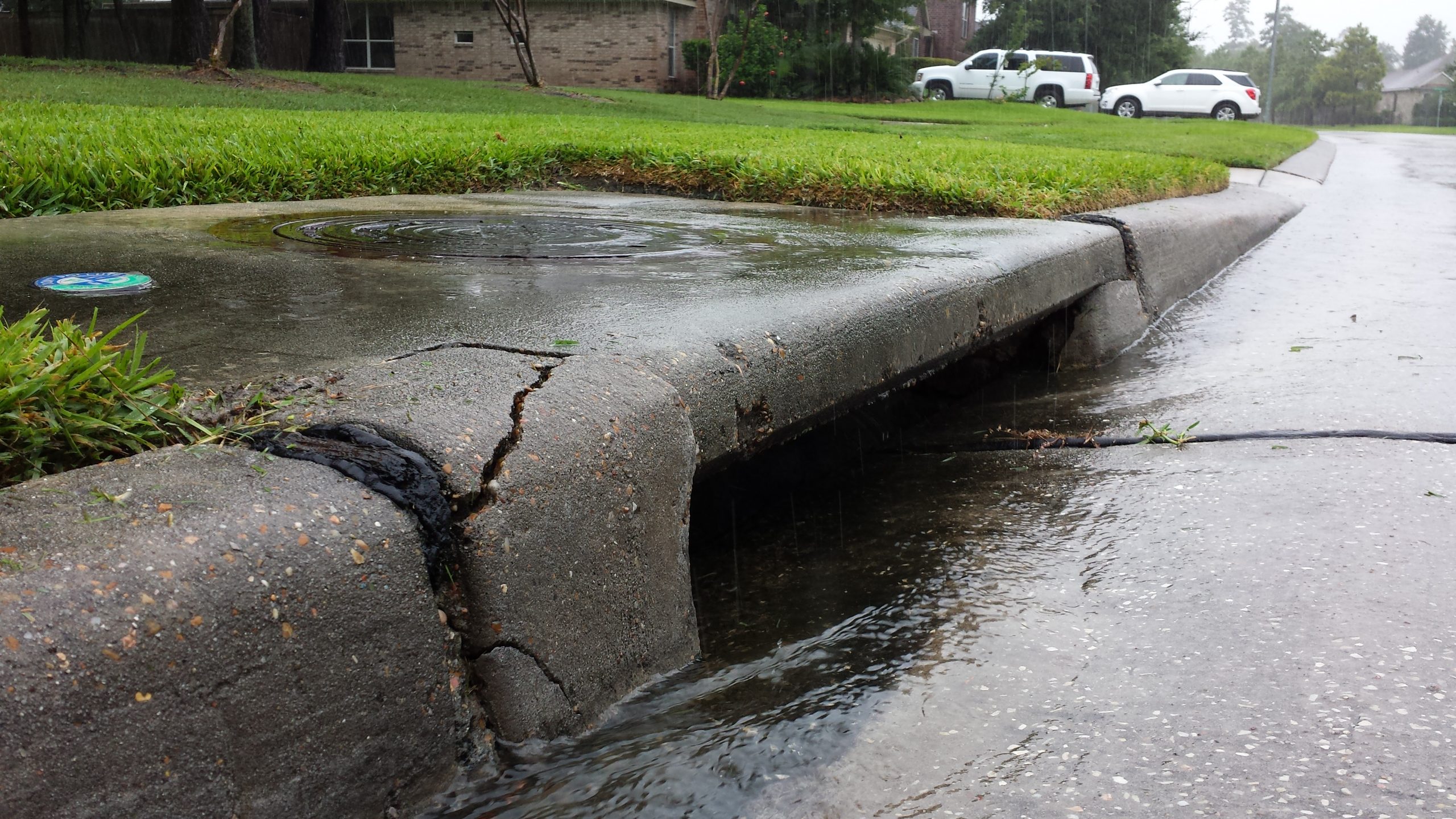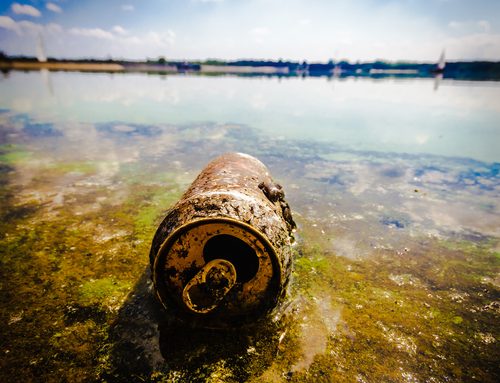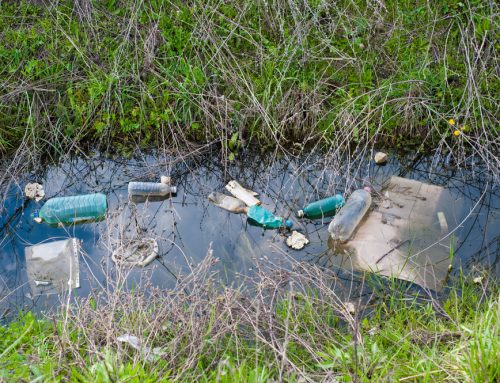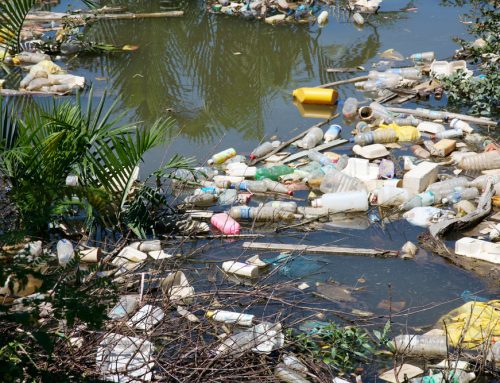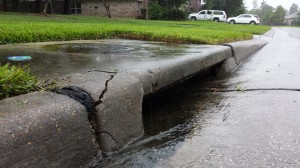 Stormwater pollution can result from contaminated runoff from urban areas as it drains from streets or property through the municipal storm water drainage system and into our waterways (bayous, channels, ditches, etc.). The contaminated storm water may affect waterbodies we use for fishing, swimming and providing drinking water.
Stormwater pollution can result from contaminated runoff from urban areas as it drains from streets or property through the municipal storm water drainage system and into our waterways (bayous, channels, ditches, etc.). The contaminated storm water may affect waterbodies we use for fishing, swimming and providing drinking water.
What pollutes a stormwater drainage system?
Common residential activities — lawn mowing and fertilizing, car washing and maintenance, and the application of pesticides and herbicides — may add contaminants to storm water. Other common items that may be carried by runoff if not disposed of properly include cigarette butts, styrofoam containers, wastepaper and plastic products.
What’s the difference between a stormwater drainage system and a sanitary sewer system?
In the North Houston area, the sanitary sewer system and the storm- water drainage system are two separate systems. The sanitary sewer system collects household wastewater from toilets, showers and sinks. The wastewater is sent to a treatment plant prior to discharge to the receiving stream. In contrast, storm- water is not usually treated and may carry contaminants directly into our waterways
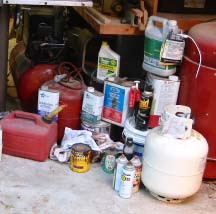 How can I help prevent stormwater pollution?
How can I help prevent stormwater pollution?
Household Cleaning Product Use
[checklist]
- Buy only the amount needed.
- Clean up spills immediately.
- Follow the directions on the product’s label.
- If possible, purchase nontoxic, biodegradable and/or recyclable products.
- Dispose of unused portions and containers properly.
Fertilizer/Herbicide/Pesticide Use
[checklist]- Do not over-fertilize near ditches, streams, or other water bodies.
- Don’t fertilize or apply pesticides before an expected rain – the chemicals may wash away into the stormwater drain.
- Store pesticides, fertilizers or other chemicals in a covered area to prevent contamination of runoff.
- Choose the most effective but least toxic product, such as dehydrating dusts, insecticide soaps, etc.
- Dispose of unused portions and containers properly.
Paint and Solvent Use
[checklist]- Use according to label directions and offer unused portions to others that can use them.
- Recycle used paint thinner by storing in a closed jar until particles settle. Strain off the clear liquid for reuse.
- Consider water-based products; carefully estimate amount; retint paint if wrong color.
- Dispose of unused portions and containers properly.
